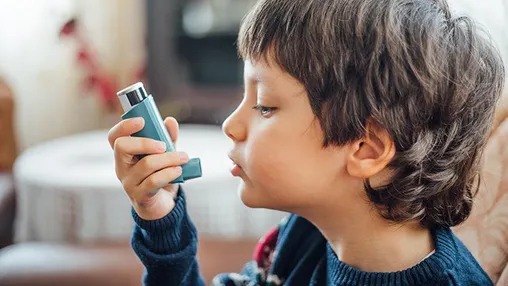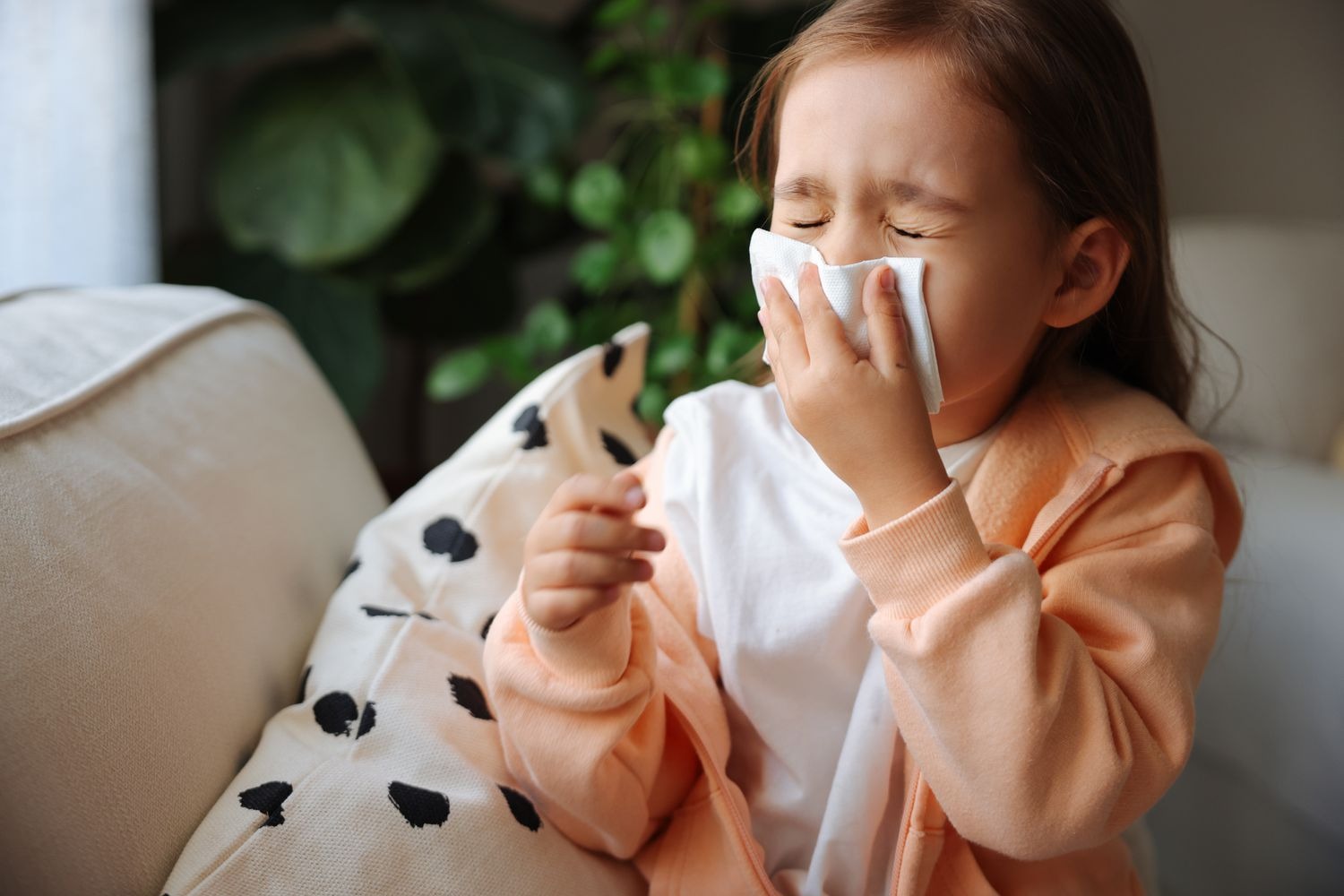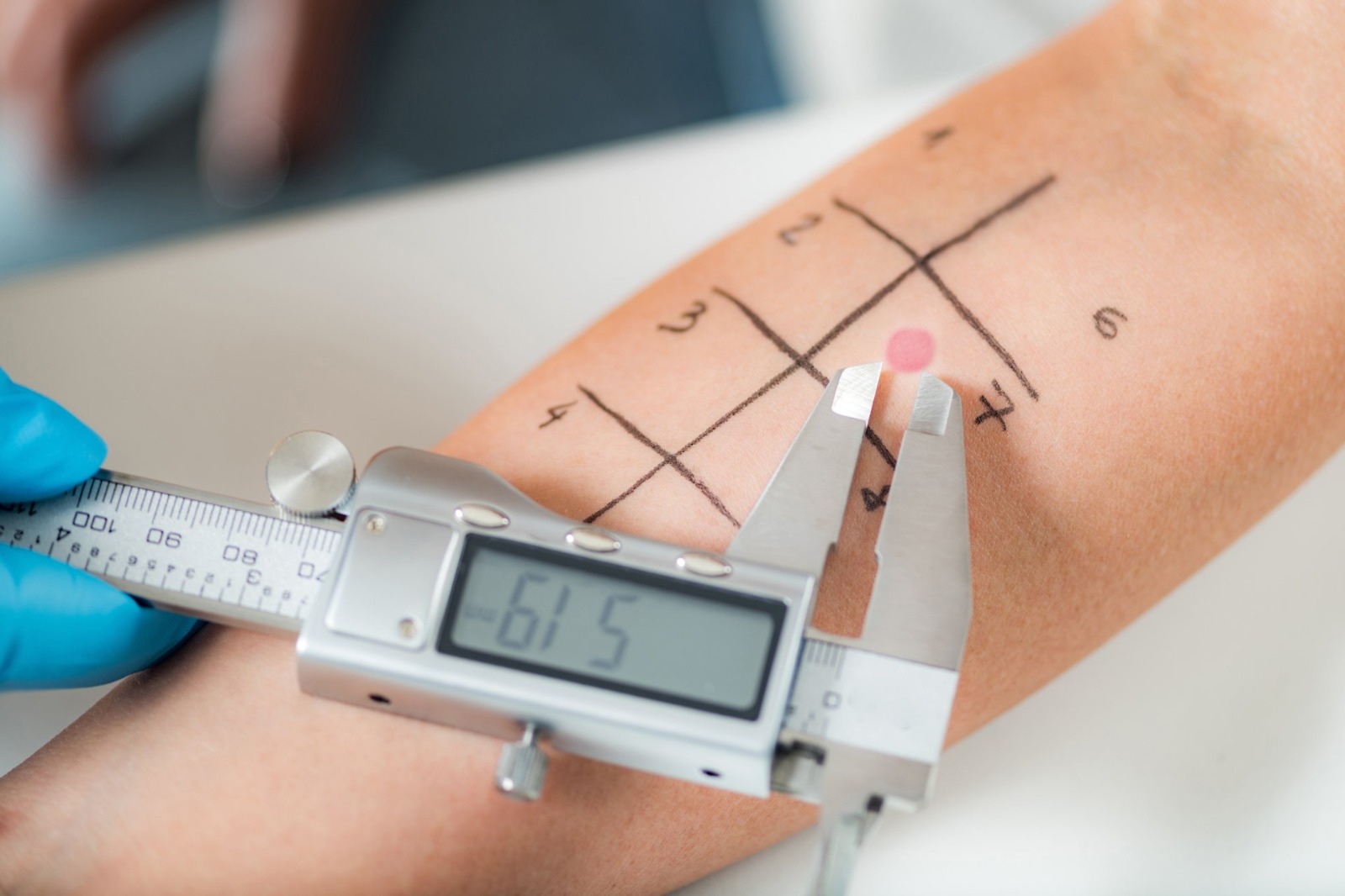As a Pediatrician specializing in allergy and asthma care, I have seen how frightening an asthma attack can be—for both children and their parents. Over the years, I’ve learned that one of the most crucial skills parents can develop is recognizing the signs of an impending attack and knowing exactly how to respond swiftly and confidently.
Let me tell you about little Anjali, a spirited 8-year-old girl with a known history of asthma. One afternoon, her mother noticed she started coughing more than usual, her lips appeared bluish, and she was struggling to breathe. Fortunately, her mother knew what to do because she had discussed an action plan with her doctor beforehand. Anjali’s mother immediately administered her rescue inhaler, kept her calm, and took her to the hospital. Because of quick action, Anjali’s breathing stabilized, and she avoided serious complications.
Early Signs of an Asthma Attack
Recognizing the early signs of an asthma attack is essential for preventing it from worsening. These warning signals include:
Persistent coughing, especially at night or early morning
Wheezing or a whistling sound when breathing
Shortness of breath or difficulty talking
Tightness or pain in the chest
Increased use of rescue inhaler over a short period
Parents must remain vigilant for these signs, especially if their child has a known history of asthma or allergies.
Creating a Child’s Asthma Action Plan
One of the best ways to prepare for an asthma attack is to work with your healthcare provider to develop a personalized asthma action plan. This plan includes:
Your child's specific symptoms indicating worsening asthma
The medications and dosages to use in different situations
When and how to administer rescue inhalers
When to seek emergency medical help
Having this plan written and shared with caregivers, teachers, and family members provides peace of mind and ensures prompt action when every second counts.
Responding Effectively During an Attack
When an attack occurs, stay calm. Anxiety can make breathing more difficult for your child. Follow these steps:
Administer the Rescue Inhaler: Use a spacer if available, and ensure the child inhales slowly and deeply during each puff, usually 4-6 puffs as prescribed.
Encourage Quiet Breathing: Keep the child calm and seated upright—this position helps open the airways.
Monitor Symptoms: Watch for improvement or worsening signs, such as increased difficulty speaking or blue lips.
When to Seek Emergency Help
Despite prompt action, some signs indicate a need for urgent medical attention:
No improvement after 15 minutes of using the inhaler
Severe difficulty breathing or inability to speak full sentences
Cyanosis (bluish lips, face, or fingertips)
Child is exhausted, drowsy, or starts to lose consciousness
In such cases, call emergency services immediately or rush your child to the nearest emergency room.
Empowering Parents Through Knowledge
Having a clear understanding of how to recognize and respond to an asthma attack can save lives. I always emphasize to parents that education and preparedness are their strongest tools. Every asthma action plan tailored to the child's needs, combined with regular follow-ups and medication adherence, can help children breathe easier and lead active, healthy lives.
Remember Anjali's story—initially frightened but safe because her mother knew exactly what to do. With the right knowledge and quick action, you too can be confident in managing your child's asthma and preventing emergencies.



Add a Comment